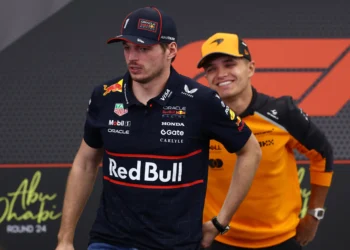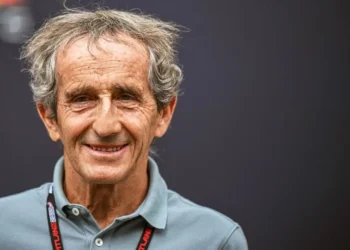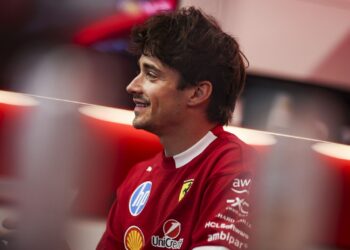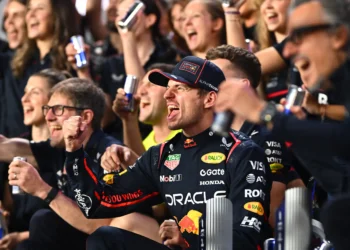GPDA Directors Clash Over Safety Measures After Dramatic Suzuka Crash
The Formula 1 Grand Prix Drivers’ Association is in turmoil following diverging opinions from directors Carlos Sainz and George Russell on the necessity of implementing changes after Jack Doohan’s terrifying crash at Suzuka. Doohan’s Alpine was torn apart in a massive shunt during second practice at the Japanese GP after failing to manually close the DRS before Turn 1. This incident has sparked a heated debate within the association regarding the need for automatic DRS changes to prevent such accidents in the future.
The aftermath of Doohan’s crash revealed significant concerns raised by multiple drivers during the briefing with F1 race director Rui Marques. Suggestions were made to explore the possibility of automatically disabling DRS on corner entry as a failsafe measure if the driver forgets to close it. The current system allows drivers to close the DRS manually through various methods, but the proposal of GPS-based automatic closure at specific track points like Turn 1 at Suzuka is gaining traction.
While Sainz advocates for prioritizing safety and implementing automatic DRS closure to prevent driver errors, Russell takes a contrasting stance. Russell believes that drivers should bear the responsibility of managing the DRS to avoid incidents like Doohan’s crash, emphasizing the importance of manual control over automated systems. The divergent opinions of the GPDA directors have fueled a contentious debate within the association regarding the balance between driver control and safety measures.
As the F1 community grapples with the aftermath of Doohan’s crash and the potential implications for future safety regulations, the clash between Sainz and Russell underscores the complexities of balancing performance with safety in the high-stakes world of Formula 1. The ongoing debate within the GPDA highlights the challenges of navigating technological advancements while ensuring driver accountability on the racetrack. The resolution of this dispute could have far-reaching implications for the future of safety measures in Formula 1.










